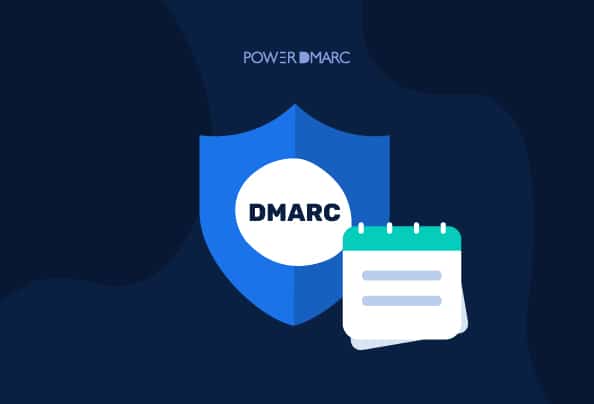Do you know what DMARC security is? DMARC stands for Domain-based Message Authentication, Reporting & Conformance. It’s a security and email authentication protocol that allows organizations to protect their domain from being spoofed by email phishing scams. It’s also used by email service providers and ISPs to detect and prevent fraud.
If you haven’t heard of it yet, don’t worry—it’s actually pretty easy to understand.
What is DMARC Security?
DMARC is an email authentication standard that helps you prevent spoofing, phishing, and other email-based attacks. It works by allowing you to define a policy that dictates how your domain should handle messages with invalid sender addresses.
The first step in setting up DMARC is registering your domain name with SPF, which allows you to control what IP addresses can send emails on behalf of your company. You’ll also need to set up DKIM and start reporting email abuse through spam reports or abuse reports.
Using SPF in combination with DMARC Security
When an ISP receives an email with SPF records attached, they check them against their own DNS records for the sender’s domain name. If there are no SPF records or if they don’t match up with what they have on file, then they reject the message because it could be spam or spoofed content from another source (like a phishing attack).
When used in combination with DMARC security, unauthorized emails can be blocked out by the sender before it reaches the client.
Using DKIM in combination with DMARC Security
With DKIM, a domain owner registers with a public key provider and publishes a public key in DNS records. When an email is sent from an email server that uses DKIM, the sending server adds a signature to the message. The signature contains the domain of the sender (for example, “example.com”) and a cryptographic hash of the message headers and body. Receivers use this information to verify that an email message was not modified during transit.
DKIM alone does not protect against spoofing or phishing attacks because it does not authenticate the identity of the sender in any way. To address this issue and prevent spoofing, DMARC security is recommended.
What is our advice?
Going into 2024, we only want to advise the very best for your domain. For enhanced protection, it is advisable to set up your domain with both DKIM and SPF in combination with DMARC. This will also help you receive reports on any delivery failures that may have occurred if you’re on an enforced DMARC policy.
Why is DMARC security important?
By default, most email servers send a “pass” or “fail” verdict on emails they receive, but this can be easily spoofed by spammers and phishers. DMARC allows you to authenticate the legitimacy of emails coming from your domain name and specify how those messages should be handled if they fail authentication or fail to pass SPF and DKIM checks.
How to start with DMARC security for beginners?
If you are new to DMARC security, here’s how you can start:
- Use a hosted DMARC solution – A hosted DMARC solution will help you manage your protocol on a cloud-based dashboard without having to access your DNS to make updates or edits. This simplest the authentication process drastically, and is amazing for both beginners and experts who want to save time and effort.
- Use online DMARC record generator tools to create your record – manually creating your record can lead to human errors. To prevent this using an online tool is your safest bet!
- Learn about DMARC security by undertaking free DMARC training – if you want to understand the protocol in depth to figure out which would work best for you, take a DMARC training course. It takes only a few hours and is completely free of charge!
DMARC security can set you apart from other organizations in terms of information security practices that you follow for improved domain reputation, lower email bounce rates, and better deliverability. For assistance in your DMARC security journey, contact PowerDMARC today!
